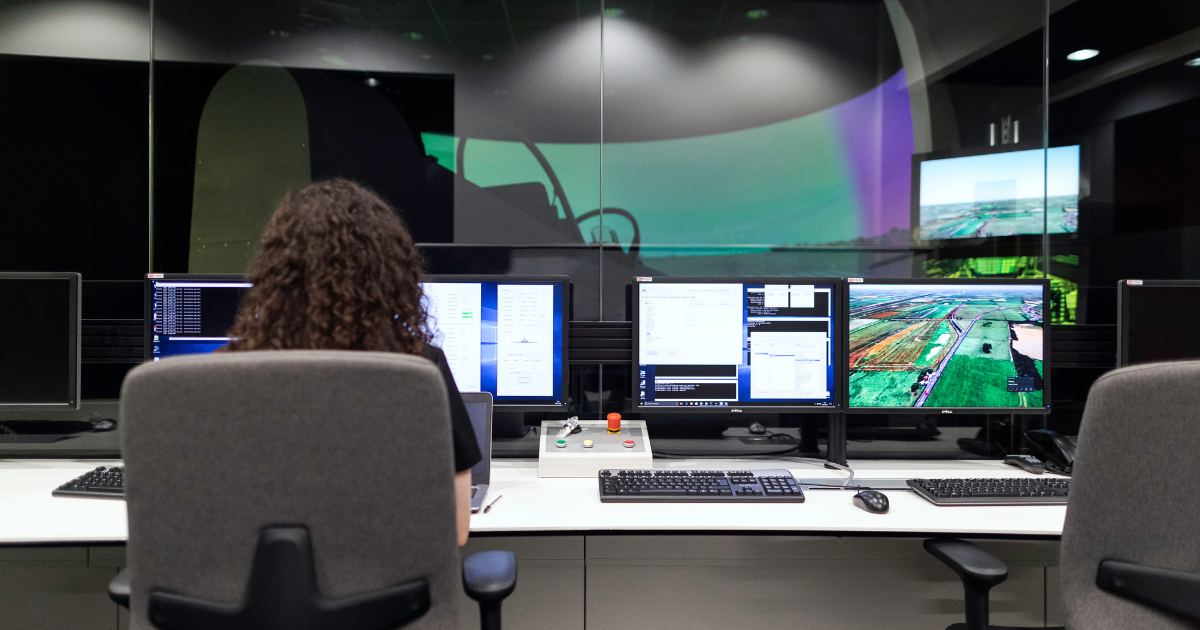Software testing plays a vital role in the software development life-cycle to recognize the difficulties in the process very well.
Before explaining the purpose of software testing in the Software Development lifecycle, let us give you a brief explanation of the Software Development lifecycle.
Software development life cycle is a method that helps to develop software with the highest quality and low cost in the shortest span of time possible. Software development life cycle provides a well-defined structured flow of phases, which are as follows:
Phase 1 Feasibility Study: A feasibility study is a complete analysis that takes into consideration of project’s required factors like economic, technical, legal, and human resources that help to decide the likelihood of completing the project successfully.
Phase 2 Requirement Analysis: Requirements Analysis is the process of defining and understanding the expectations of the stakeholders for a software product that is to be developed or modified. Requirements analysis involves the identification of the needs of different stakeholders and documenting those requirements in the “Software Requirement Speciation (SRS)” document.
Phase 3 Design Phase: It is used to convert the requirements which are specified in the SRS document into a workable design model and flow. This is then followed by the Developers developing the software
product.
Phase 4 Code Development: Development of software product by the following design and flow pattern to achieve a workable software product.
Phase 5 Software Testing and Evaluation: It includes software testing which is followed by verification and validation of the system According to the SRS document and Stakeholder requirements. Software testing can be implemented at any time in the development cycle. One of the most important purposes of testing is to detect software bugs so that they can be corrected and error-free.
Phase 6 Software Deployment: The Software deployment phase is a phase of the software development life cycle that involves pushing the product into the production cycle. After the Software product passes all the required testing and receives clearance, the product is then ready to go live. This means that the product is ready to be launched in a real environment and used by all end-users of the product.
Phase 7 Software Maintenance: Software maintenance is the last phase of the software development lifecycle . Once a product is live and distributed into the market, then to make the product more reliable it require regular maintenance to remove possible bugs. Maintenance also involves the introduction of new features and updates to enhance user experiences.
Purpose of Software Testing in the Software Development Process
The purpose of the Software Testing is to ensure that The software product is Bug-Free and to enhance the software quality. It also helps to understand the usability of developed software from an end-user perspective.
- Software testing is essential to prevent starting over from beginning again: Sometimes during testing of a fully developed software product against the user requirement and we discover that some basic functionality was missing. That results in development of the software product again from Requirement Analysis. This may be caused due to a mistake in the requirement gathering or during the coding phase. Fixing such kinds of problems becomes very tedious, time-consuming, and expensive. Therefore, it is always preferable to test the software in its development phase.
- Evaluating the ease of usability of the software: It helps to specify how easily users can use the final product. The software testing ensures the construction of the software product in a way such that it meets the user’s expectations regarding the product’s comfortable, and simplicity.
- Verification of the software: It helps in validation and verification of all the aspects of the software in software testing, such as checking the basic functionalities which are documented in the SRS document. It helps to check product behavior in unexpected conditions which can be from an incorrect data input or change in the environment. Therefore, testing helps to make sure that the system can handle these situations very well and if there is an error. Then we have the option to correct them in advance.
- Software tests help accelerate development: it helps developers find Bugs and explain the scenarios to reproduce the Bugs, which in turn helps them to understand the Bug and apply fixes. Besides, software testers can work in parallel with the development team, thus understanding the design implementation and risk analysis in detail. This speeds up the development process as the chances of bug occurrence reduce.



